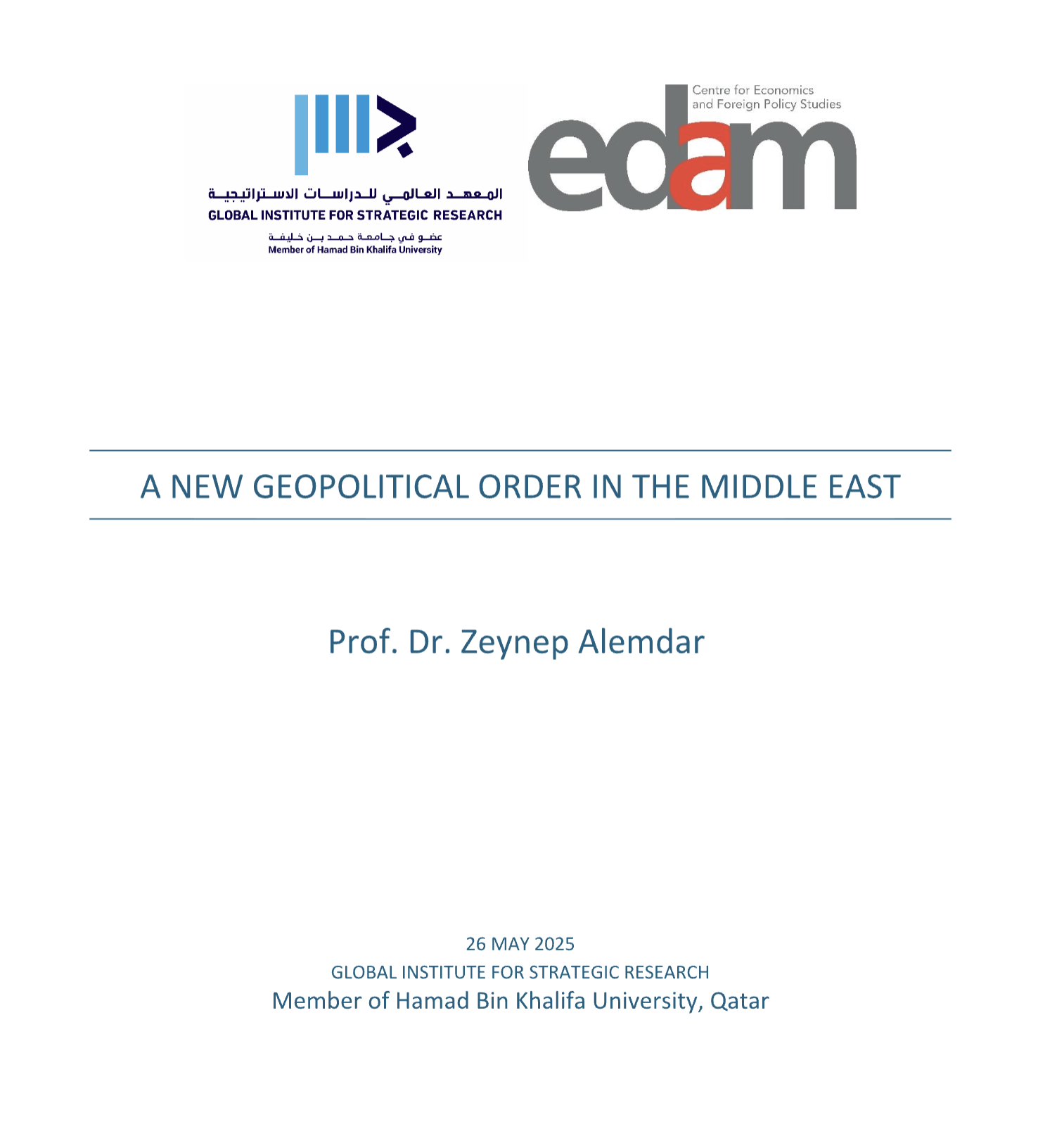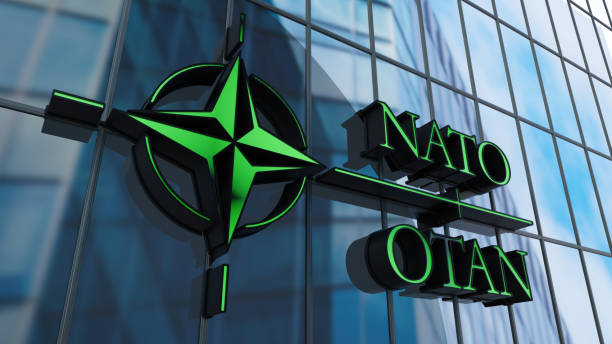Raporun tamamına ulaşmak için tıklayın
Click here for the full report
This paper penned by EDAM Defense Analyst Dr. Can Kasapoğlu explores the implications of Turkey’s possible purchase of the Russian made S-400 missile defense systems. Kasapoğlu argues that Ankara’s immediate aim is to procure the system primarily for air defense missions as a surface-to-air missile (SAM) asset, rather than performing ballistic missile defense (BMD) functions. This priority largely stems from the Turkish Air Force’s currently low pilot-to-cockpit ratio (0.8:1 by open-source 2016 estimates). Thus, even if the procurement is to be realized, Turkey will essentially operate the S-400s as a stopgap measure to augment its air superiority calculus over geo-strategically crucial areas. Planned correctly, the system could theoretically give a boost to Turkey’s air defense capabilities. However, it would be unrealistic to portray the S-400 solution as a panacea for protecting the Turkish territory and population against ballistic missiles. In the absence of a robust network of satellites, radars, early-warning aircraft, and sensors connected with a tactical data link, as well as without a layered interception capacity including exo-atmospheric coverage, the S-400s’ ballistic missile defense (BMD) role would be very limited.
Raporun tamamına ulaşmak için tıklayın
Click here for the full report










